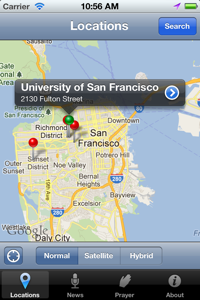After having jumped into the pool of mobile app development head first (more on that to come), I finally have a little more perspective when it comes to developing for iOS vs. Android.
One of the first things that I did when I started developing an App for iOS is purchase an iPod Touch. There's no way I wanted to be using my iPhone for all my development work, and I needed a device I could acquire quickly, at a low cost (i.e. without a contract), and not worry about battery life, durability, etc.
Plus, I know tons of people with iPod Touches already—most are people who don't want to spend an outrageous amount of money on a 'smartphone' plan with one of the major US carriers, but want a great mobile computing device/PDA/media player.
So, buy the iPod Touch for ~$200, download Xcode, and you're good to go for iOS development. Plus, the whole App Store process, while it's a bit convoluted at times, is very well structured, and offers developers easy avenues towards getting an app from development to sale to success with little effort required.
Of course, as I'm getting nearer and nearer the App's release, I'm hearing calls from all corners of Geekdom, "When you gonna release for Android?!" And the more frequent the cries of distress, the more frequently I look around for ways that I can/should start developing for Android.

